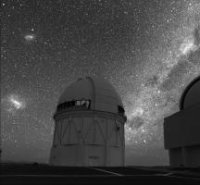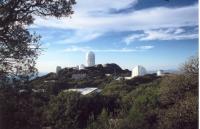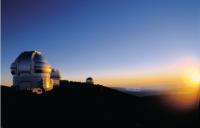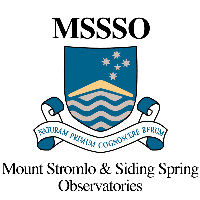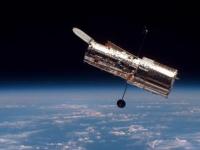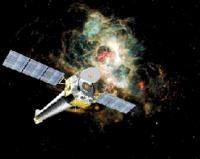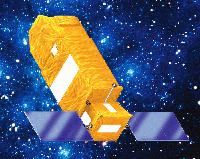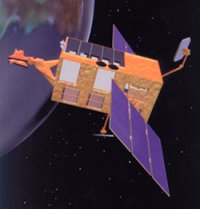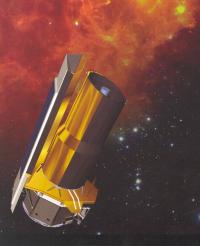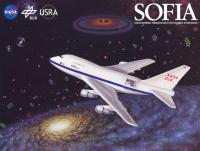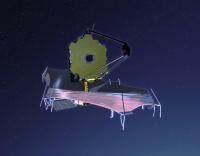Cerro Tololo Interamerican
Observatory
Recently, members of the PEGA Group have been awarded
time at CTIO. Similar to Siding Spring Observatory in Australia, we get
a good view of the Southern Sky. The time awarded at CTIO is due in
part to Todd Henry of the RECONS group here
at GSU.
Kitt Peak Observatory
Recently, PEGA members used the 2.1-m telescope at Kitt Peak to study the
optical spectra of narrow-line Seyfert 1 galaxies.
La Silla and Cerro Paranal, ESO
Telescopes equipped with infra-red spectrographs are used at
both sites (3.5m NTT at La Silla, 8.2m VLT at Cerro Paranal) to
study the restframe ultra-violet spectrum of high redshift quasars
shifted to the near infrared.
Gemini North at Mauna Kea, Hawaii
The Near-Infrared Imaging Spectrograph at the 8m Gemini North
telescope offers a powerful intrument to study quasars at highest
redshifts.
Siding Spring Observatory
From time to time, members of the PEGA Group visit the
facilities at Siding Spring Observatory in Australia to catch
views of Southern Sky AGNs.
Lowell Observatory
The PEGA Groups routinely visits the Lowell Observatory to
make use of the 42" Hall
and 72"
Perkins telescopes on Anderson Mesa outside of Flagstaff, AZ.
Hard Labor Creek Observatory
Located 50 miles East of Atlanta in Rutledge, GA, HLCO houses
two 16 inch telescopes. They are a Boller & Chivens (B&C) classical cassegrain with a
Photometrics CCD camera and a recently acquired Meade LX-200 equipped with an Apogee
AP7 CCD camera.
The Hubble Space Telescope
Members of the PEGA Group using the spectroscopic instruments
on board of Hubble Space Telescope to study absorption and emission
line spectra of Seyfert galaxies and quasars.
The CHANDRA X-Ray Observatory
Members of the PEGA Group using the Chandra X-ray satellite to
study the composition and kinematics of absorbing material close
to the central continuum source of AGN.
The FUSE EUV Observatory
Members of the PEGA Group using the FUSE EUV satellite to
study the composition and kinematics of absorbing material close
to the central continuum source of AGN.
RXTE - The Rossi X-ray Timing Explorer
Recently, the PEGA Group been awarded time on the RXTE mission.
